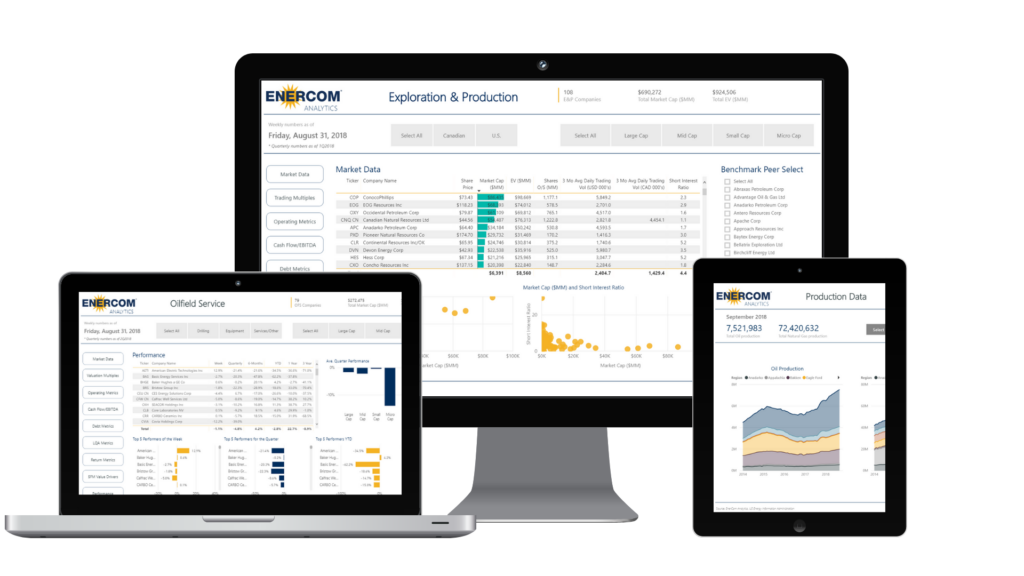From the Financial Times
Shale oil pioneer looks to benefit from expected surge in LNG exports from the US
Harold Hamm, one of the pioneers of the US shale oil boom, is stepping up his investment in gas in an attempt to benefit from an expected surge in US exports of liquefied natural gas.
Mr. Hamm, a close ally of and adviser to President Donald Trump, is also positioning himself as an advocate of efforts to curb greenhouse gas emissions, highlighting the advantages of substituting gas for coal in power generation in reducing the threat of global warming.
Continental Resources, the US exploration and production company where Mr. Hamm is chief executive and 76 per cent shareholder, last month added an extra rig to drill for gas in the Cana-Woodford shale formation in Oklahoma, taking its total to six. It is operating a joint venture with SK Group of South Korea in the region, and said in June it was looking at expanding the alliance into further projects for developing shale gas production and exporting LNG from the US.
Although Mr. Hamm hit big as an oil producer, particularly in the Bakken formation of North Dakota, the share of gas in Continental’s output has been rising, from 37 per cent in the first quarter of 2016 to 44 per cent in the equivalent period of this year.
Continental is running nine rigs drilling wells primarily for gas production, and has about 10 primarily for oil.
“We’re an opportunistic entity: we’re not devoted only to oil,” Mr. Hamm told the Financial Times. “A lot of our exploration effort is going towards natural gas.” He added that the Cana-Woodford formation was ideally placed to supply LNG export plants on the Gulf of Mexico coast of Texas and Louisiana. Gas is typically less lucrative than crude. In the first quarter of this year, Continental sold its oil for an average price of $44.69 a barrel, but its gas at an average of just $18 for the equivalent energy content.
However, Mr. Hamm sees attractive long-term growth prospects in global gas demand, expecting US LNG exports to rise from about 3.5bn cubic feet a day in 2017 to 10bn-11bn cubic feet a day by 2019, just from the export plants now under construction.
As further liquefaction projects are approved and completed, he expects this to rise to 30bn-35bn cubic feet a day in the longer term. At that rate, the US would be exporting about 42 per cent of this year’s total gas production.
Mr. Hamm welcomed the Trump administration’s support for the speedy permitting of new LNG facilities, but acknowledged that it would not make a great difference to the pace of export growth. The critical issue holding back further investment in US LNG export plants, analysts say, is not the pace of regulatory approvals, but the strength of demand.
The global market for LNG is expected to grow at an annual average rate of 4-5 per cent over 2015-30, Royal Dutch Shell has forecast, but the market is at present oversupplied, with large export plants coming into production in the US and Australia.
“I don’t think we’re at the point where anyone is ready to move on investments in new US LNG projects,” said Nikos Tsafos, an analyst at Enalytica. “There may be a project here or there that gets approved, but it depends on the level of demand, and I don’t think we are there yet.”
There are four US LNG export projects that have been given the go-ahead but have not yet started construction, because they do not have the customer contracts they need: Lake Charles LNG, Magnolia LNG, and an expansion at Cameron LNG, all in Louisiana, and Golden Pass LNG in Texas. Continental, which on Tuesday reports earnings for the second quarter, made a net loss of $400m on revenues of $1.98bn in 2016.


